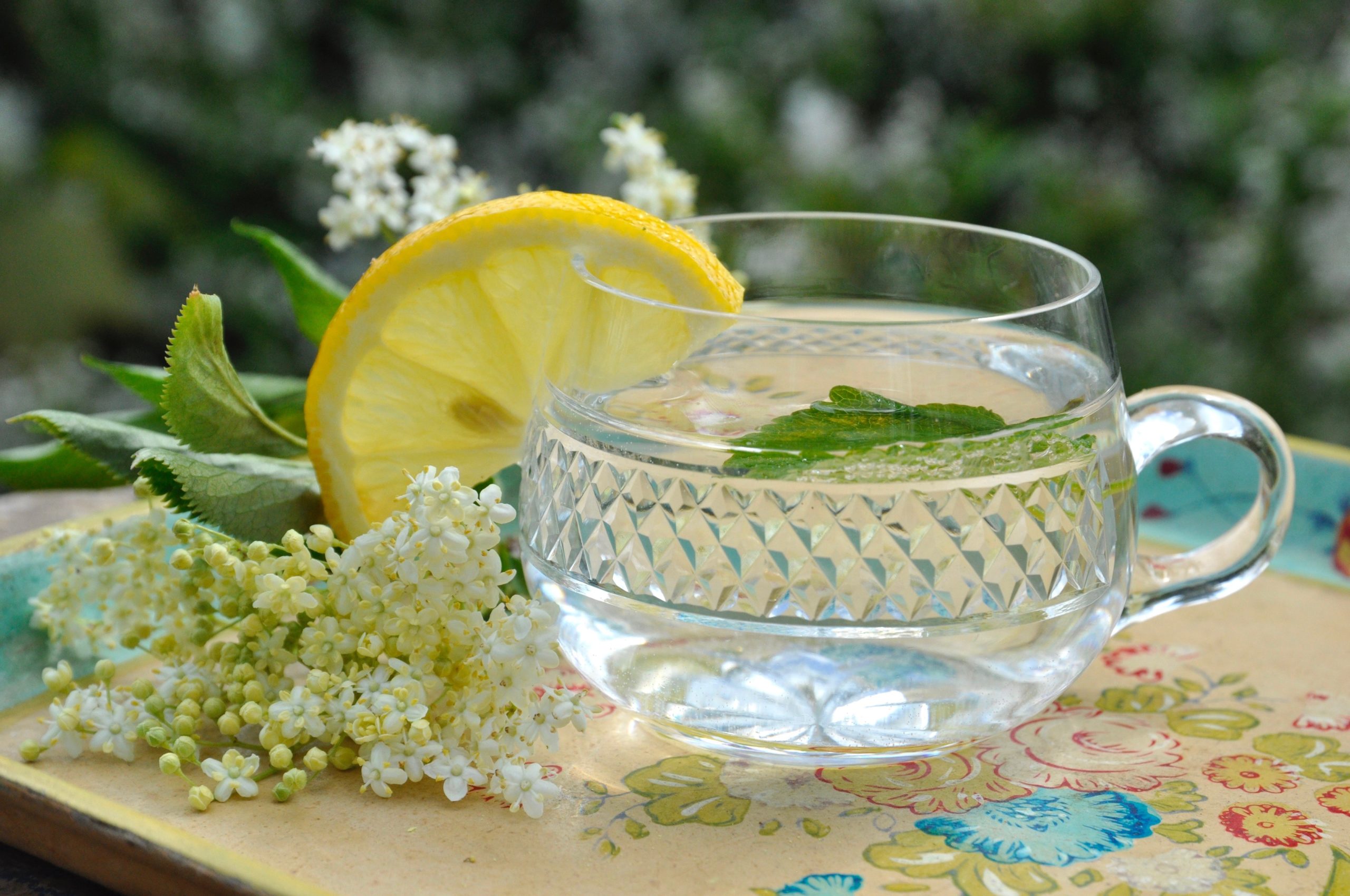


Elder (Sambucus nigra)
11th May 2020


Red Cabbage, Apple & Juniper Kraut
6th November 2019To celebrate their arrival , Daphne Lambert of Greencuisine Trust and supporting partner of the BDGC reveals the nutritional benefits of pumpkins and gives a selection of spiced and savoury recipes from around the world.
Pumpkins (winter squashes ) are easy to grow; delicious to eat and packed full of good nutrition. They are an excellent source of beta carotene as well as other vitamins and minerals, including vitamin C and potassium. They are also a very good source of dietary fibre. If you grow them make sure you save the seeds for drying: they are a wonderful source of zinc and essential fatty acids.
There are many different varieties to enjoy, some are tiny and nestle in the palm of your hand, others too big to move single-handed. Thick slices hacked from large ones are for sale in small stores and markets throughout the world. Varieties with hard skins and deep orange flesh – the skins should be rock hard and the sound hollow when tapped – will store remarkably well kept somewhere cool until the following spring.
The following recipes celebrate their diversity and the cultures that use them. You can use any medium sized pumpkin /winter squash with firm flesh.
Thai pumpkin soup serves 6
1 tablespoon coconut oil
2 cloves garlic, chopped
4 large shallots, chopped
2 red chilli peppers, chopped
1 stick lemon grass bruised and cut into 1” pieces
3 kefir lime leaves
1 litre vegetable stock
500g peeled pumpkin, diced
350 ml coconut milk
juice and zest of 1 lime
salt & pepper
few torn basil leaves
In a medium saucepan cook the garlic, shallots and chilli in the coconut oil until soft about 5 minutes. Add the diced pumpkin, stock, kefir lime leaves, lemon grass and bring to the boil. Simmer until the pumpkin is tender and beginning to break up. Stir in the coconut milk, bring back to the boil, remove from the heat and add lime juice, salt and pepper to taste. Serve topped with basil leaves.
Mexican Sikil – P’ak (pumpkin seed dip)
175g pumpkin seeds
2 large tomatoes
1 chilli
2 tbs chopped coriander
2 tbs snipped chives
salt & pepper
Roast the seeds in the oven or toast until the hulls begin to brown and pop.Grill the chilli until beginning to blister.
Place the seeds, chilli and tomatoes in a blender and blitz until smooth. The mixture should have the consistency of mayonnaise so add another tomato or some water if necessary. Add the coriander and chives and it’s ready. It’s best eaten freshly made, but will keep in the fridge for 3 days.
Indian pumpkin and lentil stew serves 4 – 6
200g dried green lentils
250g peeled pumpkin, diced
¼ tsp turmeric
110g peeled fresh coconut
1 chilli ,chopped
1 tsp cumin seed
2 tsp oil
1 tsp mustard seeds
1 peeled onion, sliced
600ml vegetable stock
Grind coconut, chilli and cumin to a paste or blitz briefly in a food processor.
Fry the mustard seed in oil for a few seconds , then add the onion, lentils, diced pumpkin and stock. Cook for 15-20 minutes , or until the lentils are soft and the pumpkin tender.
Italian pumpkin, olive & gorgonzola frittata serves 4 – 6
350g peeled pumpkin, diced
1 peeled onion, sliced
olive oil & butter
small handful chopped flat-leaf parsley
salt & pepper
8 eggs
12 chopped black olives
110g diced gorgonzola cheese
1 tbs butter
Preheat oven to 190 C
Roast the pumpkin with the onion in olive oil in the hot oven for 10-15 minutes, or until just soft. Remove and stir in the parsley and season well. Beat the eggs in a bowl and stir in the pumpkin mixture, olives and cheese. Take a large frying pan, swirl around the butter over a high heat. Pour in the egg mixture and cook until it begins to set at the edge. Transfer to a medium-hot oven and bake for 15 minutes until golden and firm. Serve cut in wedges with a salad and some fresh bread.
For more living nutrition inspiration see www.greencuisinetrust.org

